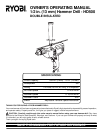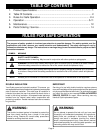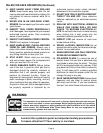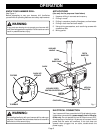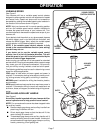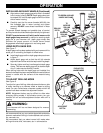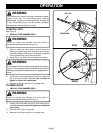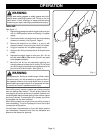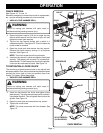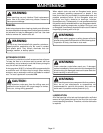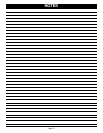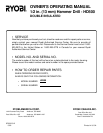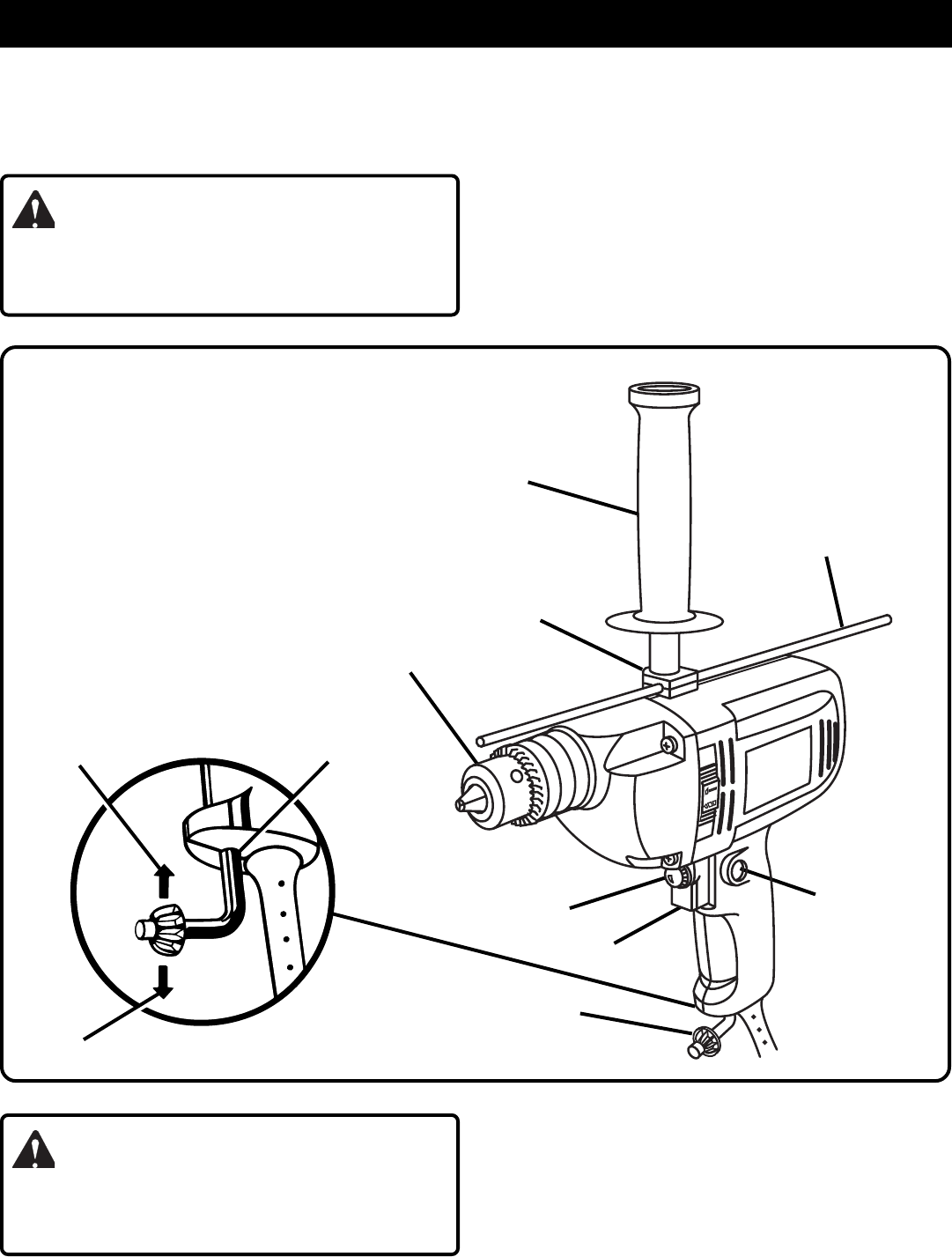
Page 5
APPLICATIONS
(Use only for the purposes listed below)
1. Hammer drilling in concrete and masonry.
2. Drilling in wood.
3. Drilling in ceramics, plastics, fiberglass, and laminates.
4. Drilling in both hard and soft metals.
5. Using driving accessories, such as driving screws with
screwdriver bits.
6. Mixing paints.
ELECTRICAL CONNECTION
Your hammer drill has a precision built Ryobi electric motor.
It should be connected to a power supply that is 120 volts,
60 Hz only. Do not operate this tool on direct current (DC).
A voltage drop of more than 10 percent will cause a loss of
power and the motor will overheat. If this tool does not
operate when plugged into an outlet, double-check the
power supply.
KNOW YOUR HAMMER DRILL
See Figure 1.
Before attempting to use your hammer drill, familiarize
yourself with all operating features and safety requirements.
WARNING:
Do not allow familiarity with your hammer drill to make you
careless. Remember that a careless fraction of second is
sufficient to inflict severe injury.
Fig. 1
OPERATION
WARNING:
If any parts are missing do not operate your hammer drill
until the missing parts are replaced. Failure to do so could
result in possible serious injury.
AUXILIARY
HANDLE
LOCK-ON
BUTTON
CHUCK KEY
SWITCH
TRIGGER
VARIABLE SPEED
CONTROL SELECTOR
CHUCK
TO REMOVE
CHUCK KEY
STORAGE
TO STORE
DEPTH
GAGE ROD
DEPTH
GAGE CLAMP



